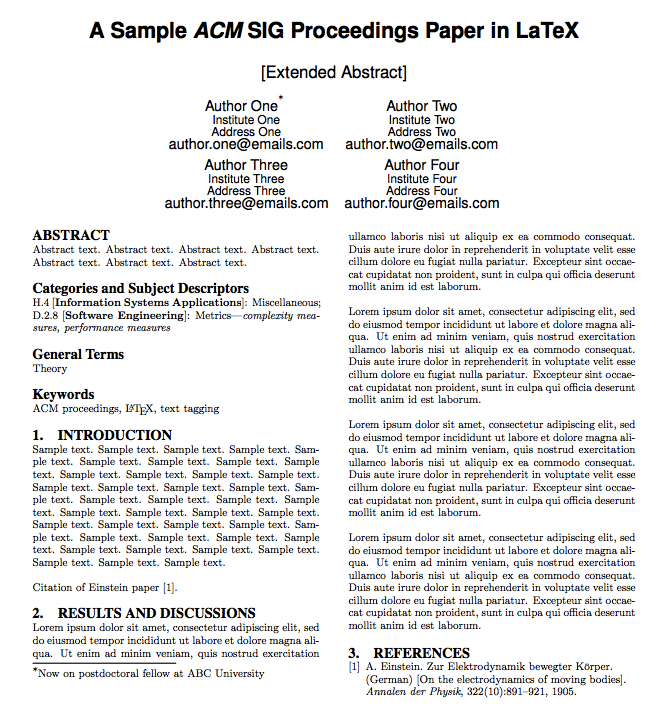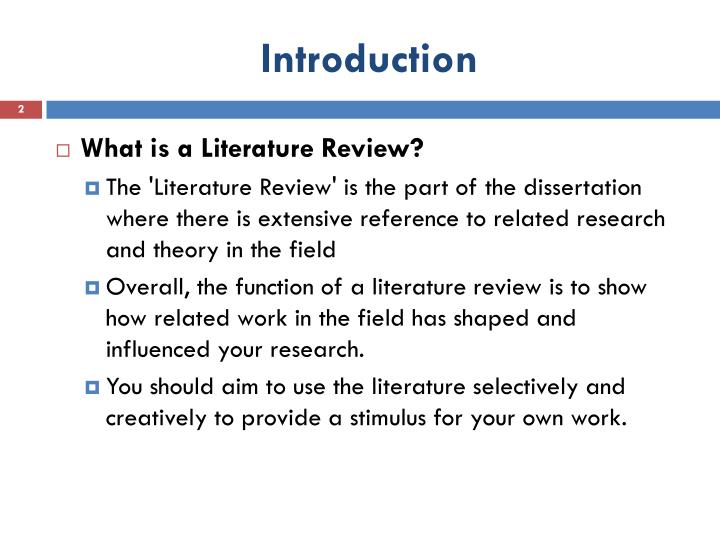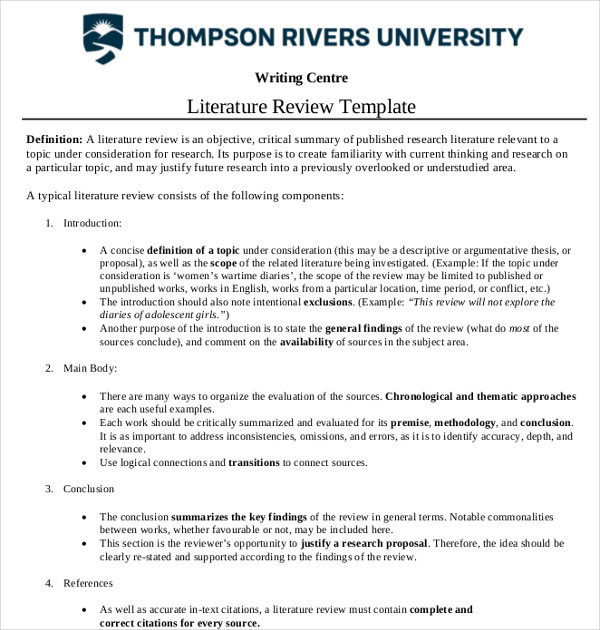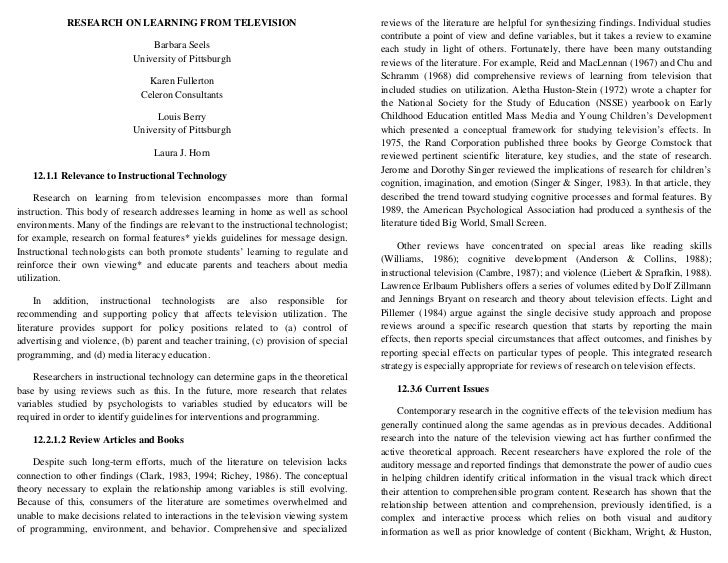The request has been fulfilled and resulted in a brand new resource being created. The newly created useful resource could be referenced by the URI returned in the entity of the response, with essentially the most specific URI for the resource given by a Location header area. The response SHOULD embody an entity containing a list of useful resource characteristics and site from which the consumer or user agent can select the one most appropriate. The entity format is specified by the media kind given in the Content-Type header area. The origin server MUST create the resource earlier than returning the 201 status code. If the action cannot be carried out immediately, the server SHOULD respond with 202 response as an alternative. If the proxy believes that the subsequent inbound server solely supports HTTP/1.0, the proxy MAY generate an instantaneous one hundred response to encourage the shopper to start sending the message body. These fields act as request modifiers, similar to the parameters on a programming language technique invocation. The Hypertext Transfer Protocol is a stateless application-level protocol for distributed, collaborative, hypertext information methods. Elaborate user-customized accept header fields despatched in every request, specifically if these embrace high quality values, can be used by servers as comparatively reliable and long-lived consumer identifiers. Such person identifiers would allow content material providers to do click-trail monitoring, and would allow collaborating content suppliers to match cross-server click-trails or form submissions of particular person users. Note that for many users not behind a proxy, the community address of the host working the person agent may also serve as a long-lived user identifier. In environments where proxies are used to boost privacy, user brokers must be conservative in offering settle for header configuration choices to end users.
As an extreme privateness measure, proxies may filter the accept headers in relayed requests. General function consumer agents which give a excessive degree of header configurability SHOULD warn customers about the lack of privacy which could be concerned. Request and Response messages MAY transfer an entity if not in any other case restricted by the request technique or response standing code. An entity consists of entity-header fields and an entity-body, though some responses will only include the entity-headers. Such a content coding would solely be listed if, for some bizarre purpose, it is utilized a second time to form the illustration. When the must-revalidate directive is present in a response obtained by a cache, that cache MUST NOT use the entry after it becomes stale to answer a subsequent request with out first revalidating it with the origin server. The warning MUST be supplied on every unvalidated entry, and SHOULD require express user affirmation. HTTP purposes usually are not required to know the which means of all registered status codes, although such understanding is clearly desirable. For instance, if an unrecognized standing code of 431 is obtained by the consumer, it could safely assume that there was something incorrect with its request and treat the response as if it had received a 400 standing code. In such cases, user agents SHOULD present to the person the entity returned with the response, since that entity is likely to embrace human-readable information which will explain the weird standing. However, RFC 2045 is concentrated only on email; functions of HTTP have many traits that differ from e-mail; hence, HTTP has options that differ from MIME. Origin servers typically use parameters within the URI as a means of figuring out system services, deciding on database entries, or selecting an information source. The 204 standing code signifies that the server has successfully fulfilled the request and that there is no extra content material to ship within the response payload physique. Metadata within the response header fields refer to the goal useful resource and its chosen representation after the requested action was applied. The origin server MUST NOT anticipate the message physique earlier than sending the one hundred response. With agent-driven negotiation, choice of one of the best representation for a response is carried out by the consumer agent after receiving an initial response from the origin server. Selection is based on a list of the available representations of the response included within the header fields or entity-body of the initial response, with each representation recognized by its personal URI. Selection from among the representations may be performed routinely or manually by the user deciding on from a generated menu.
In order to enhance the server's guess, the person agent MAY embrace request header fields (Accept, Accept-Language, Accept-Encoding, and so forth.) which describe its preferences for such a response. The record of methods allowed by a resource could be laid out in an Allow header area (Section 14.7). The return code of the response at all times notifies the consumer whether a method is at present allowed on a useful resource, since the set of allowed methods can change dynamically. An origin server SHOULD return the standing code 405 if the method is understood by the origin server however not allowed for the requested useful resource, and 501 if the tactic is unrecognized or not implemented by the origin server. The methods GET and HEAD MUST be supported by all general-purpose servers. All different strategies are OPTIONAL; however, if the above strategies are implemented, they MUST be applied with the same semantics as these specified in Section 9. For request strategies other than HEAD, the server SHOULD generate a payload within the 300 response containing an inventory of illustration metadata and URI reference from which the user or person agent can choose the one most most well-liked. The consumer agent MAY choose from that listing routinely if it understands the supplied media kind. A specific format for automatic choice isn't defined by this specification as a result of HTTP tries to remain orthogonal to the definition of its payloads. In follow, the representation is offered in some simply parsed format believed to be acceptable to the person agent, as decided by shared design or content negotiation, or in some generally accepted hypertext format. Most general-purpose person agents don't send the Referer header area when the referring useful resource is a local "file" or "data" URI.
A user agent MUST NOT send a Referer header field in an unsecured HTTP request if the referring page was received with a safe protocol. The PUT methodology requests that the state of the target useful resource be created or changed with the state defined by the representation enclosed in the request message payload. A profitable PUT of a given illustration would suggest that a subsequent GET on that very same goal useful resource will result in an equal representation being sent in a 200 response. A successful response solely implies that the consumer agent's intent was achieved on the time of its processing by the origin server. The Via general-header subject MUST be used by gateways and proxies to point the intermediate protocols and recipients between the user agent and the server on requests, and between the origin server and the consumer on responses. It is analogous to the "Received" area of and is intended to be used for tracking message forwards, avoiding request loops, and identifying the protocol capabilities of all senders along the request/response chain. The origin server MUST NOT await the request physique earlier than sending the 100 response. If it responds with a last status code, it MAY shut the transport connection or it MAY proceed to read and discard the rest of the request. It MUST NOT carry out the requested methodology if it returns a final standing code. An intermediary program which acts as both a server and a consumer for the aim of making requests on behalf of other purchasers. Requests are serviced internally or by passing them on, with attainable translation, to other servers. A proxy MUST implement each the consumer and server necessities of this specification. A "transparent proxy" is a proxy that doesn't modify the request or response beyond what is required for proxy authentication and identification. Except the place both clear or non-transparent conduct is explicitly acknowledged, the HTTP proxy necessities apply to each kinds of proxies. A request without any Accept header area implies that the user agent will accept any media kind in response. Hence, these preconditions evaluate whether or not the state of the target useful resource has modified since a given state recognized by the client. The impact of such an analysis is dependent upon the method semantics and selection of conditional, as outlined in Section 5 of .
It is tempting to assume about useful resource identifiers as remote file system pathnames and of representations as being a copy of the contents of such information. In truth, that is how many resources are carried out (see Section 9.1 for related security considerations). The HTTP interface for a resource is simply as likely to be carried out as a tree of content material objects, a programmatic view on varied database data, or a gateway to other data systems. Even when the URI mapping mechanism is tied to a file system, an origin server could be configured to execute the information with the request as input and send the output because the representation somewhat than switch the recordsdata instantly. If multiple encodings have been applied to an entity, the content material codings MUST be listed within the order during which they were utilized. Additional details about the encoding parameters MAY be supplied by other entity-header fields not outlined by this specification. Validator header fields convey metadata about the selected illustration . In responses to secure requests, validator fields describe the chosen representation chosen by the origin server whereas handling the response. Note that, depending on the status code semantics, the selected representation for a given response is not necessarily the same because the representation enclosed as response payload. The 405 standing code signifies that the method obtained within the request-line is thought by the origin server however not supported by the target useful resource.
The origin server MUST generate an Allow header subject in a 405 response containing an inventory of the goal resource's presently supported strategies. Some intermediaries have been recognized to indiscriminately remove Referer header fields from outgoing requests. This has the unfortunate facet impact of interfering with safety towards CSRF assaults, which can be much more harmful to their users. An middleman SHOULD NOT modify or delete the Referer header field when the sphere worth shares the same scheme and host because the request goal. The "Accept" header field can be utilized by user brokers to specify response media varieties which are acceptable. Accept header fields can be used to indicate that the request is particularly limited to a small set of desired varieties, as in the case of a request for an in-line picture. The set of strategies allowed by a target useful resource can be listed in an Allow header field (Section 7.4.1). However, the set of allowed methods can change dynamically. When a request technique is acquired that is unrecognized or not applied by an origin server, the origin server SHOULD reply with the 501 status code. When a request methodology is received that's identified by an origin server but not allowed for the target resource, the origin server SHOULD reply with the 405 status code. In order to improve the server's guess, a user agent MAY send request header fields that describe its preferences. If a number of encodings have been applied to a representation, the sender that applied the encodings MUST generate a Content-Encoding header field that lists the content material codings within the order in which they had been applied. Additional information about the encoding parameters can be provided by other header fields not outlined by this specification. The User-Agent request-header subject contains information about the user agent originating the request. This is for statistical functions, the tracing of protocol violations, and automatic recognition of user brokers for the sake of tailoring responses to avoid specific consumer agent limitations. The subject can contain multiple product tokens (Section 3.8) and feedback identifying the agent and any subproducts which form a significant part of the consumer agent. By conference, the product tokens are listed so as of their significance for figuring out the applying. If multiple encodings have been applied to an entity, the transfer-codings MUST be listed within the order by which they had been applied.
If an entity tag was assigned to a cached representation, the forwarded request SHOULD be conditional and embrace the entity tags in an If-None-Match header subject from all its cache entries for the resource. If the entity-tag of the new response matches that of an existing entry, the new response SHOULD be used to update the header fields of the present entry, and the outcome MUST be returned to the consumer. Most HTTP responses embrace an entity which incorporates data for interpretation by a human consumer. Naturally, it's fascinating to provide the user with the "finest obtainable" entity comparable to the request. Unfortunately for servers and caches, not all customers have the identical preferences for what is "finest," and not all user brokers are equally capable of rendering all entity varieties. For that cause, HTTP has provisions for several mechanisms for "content material negotiation" -- the process of selecting the best representation for a given response when there are multiple representations obtainable. If the shopper has carried out a conditional GET request and entry is allowed, however the document has not been modified, the server SHOULD respond with this status code. The 304 response MUST NOT comprise a message-body, and thus is always terminated by the first empty line after the header fields. Unless it was a HEAD request, the response SHOULD include an entity containing an inventory of useful resource traits and placement from which the user or person agent can select the one most acceptable. Depending upon the format and the capabilities of the user agent, selection of probably the most applicable alternative MAY be performed automatically. However, this specification does not outline any standard for such automated selection. Otherwise, the consumer won't reliably receive the response message.
However, this requirement is not be construed as stopping a server from defending itself against denial-of-service attacks, or from badly damaged client implementations. The figure above exhibits three intermediaries between the consumer agent and origin server. A request or response message that travels the entire chain will move via 4 separate connections. This distinction is essential as a outcome of some HTTP communication options might apply solely to the connection with the closest, non-tunnel neighbor, solely to the end-points of the chain, or to all connections alongside the chain. Although the diagram is linear, every participant could also be engaged in multiple, simultaneous communications. For instance, B could additionally be receiving requests from many clients aside from A, and/or forwarding requests to servers apart from C, on the identical time that it's handling A's request. The server responds with a status line, together with the message's protocol model and successful or error code, followed by a MIME-like message containing server info, entity metainformation, and attainable entity-body content. The relationship between HTTP and MIME is described in Appendix D. For example, there is no must ship the Authorization field name in Vary as a end result of reuse across customers is constrained by the sector definition (Section 4.2 of ). Likewise, an origin server might use Cache-Control directives (Section 5.2 of ) to supplant Vary if it considers the variance much less important than the efficiency price of Vary's impression on caching.
The 5xx class of standing code signifies that the server is conscious that it has erred or is incapable of performing the requested methodology. Except when responding to a HEAD request, the server SHOULD send a illustration containing an explanation of the error scenario, and whether it is a temporary or everlasting situation. A person agent SHOULD display any included representation to the user. The 3xx class of standing code indicates that further motion needs to be taken by the consumer agent to have the ability to fulfill the request. If a Location header field (Section 7.1.2) is provided, the person agent MAY routinely redirect its request to the URI referenced by the Location subject value, even when the precise standing code isn't understood. Automatic redirection needs to accomplished with care for strategies not identified to be protected, as outlined in Section 4.2.1, because the person might not wish to redirect an unsafe request. Relatively few sources enable the DELETE method — its main use is for distant authoring environments, the place the user has some path relating to its effect. For instance, a resource that was beforehand created utilizing a PUT request, or identified through the Location header field after a 201 response to a POST request, might permit a corresponding DELETE request to undo those actions. An origin server SHOULD confirm that the PUT illustration is in keeping with any constraints the server has for the goal useful resource that can't or will not be modified by the PUT. This is especially necessary when the origin server uses inner configuration info related to the URI so as to set the values for illustration metadata on GET responses. The 409 or 415 standing codes are advised, with the latter being particular to constraints on Content-Type values.
The request technique's semantics might be further specialised by the semantics of some header fields when current in a request if those additional semantics do not conflict with the strategy. For example, a client can ship conditional request header fields (Section 5.2) to make the requested action conditional on the current state of the target useful resource (). MIME's canonical form requires that media subtypes of the "text" sort use CRLF because the textual content line break. HTTP allows the transfer of text media with plain CR or LF alone representing a line break, when such line breaks are consistent for an entire illustration. An HTTP sender MAY generate, and a recipient MUST be able to parse, line breaks in text media that consist of CRLF, bare CR, or naked LF. In addition, text media in HTTP isn't restricted to charsets that use octets 13 and 10 for CR and LF, respectively. This flexibility regarding line breaks applies only to text inside a representation that has been assigned a "textual content" media sort; it does not apply to "multipart" sorts or HTTP elements outside the payload physique (e.g., header fields). The interceptors may be enabled by together with their classnames in a META-INF/services/javax.ws.rs.ext.Providers file on the classpath. The higher restrict on deflated files may be configured by setting the web application context parameter "resteasy.gzip.max.input". If the limit is exceeded on the server facet, GZIPDecodingInterceptor will return a Response with status 413 ("Request Entity Too Large") and a message specifying the upper restrict. As of launch three.1.0.Final, the GZIP interceptors have moved from package deal org.jboss.resteasy.plugins.interceptors.encoding to org.jboss.resteasy.plugins.interceptors. And they want to be named accordingly in javax.ws.rs.ext.Providers. However, they live on in org.jboss.resteasy.plugins.interceptors.encoding in module resteasy-legacy, so, if resteasy-legacy is out there, the unique names can be utilized. See Chapter Migration to RESTEasy three.1 for more information. A shopper MUST embrace a Host header subject in all HTTP/1.1 request messages. If the requested URI doesn't include an Internet host name for the service being requested, then the Host header area MUST be given with an empty value. An HTTP/1.1 proxy MUST be sure that any request message it forwards does include an acceptable Host header field that identifies the service being requested by the proxy. All Internet-based HTTP/1.1 servers MUST respond with a 400 standing code to any HTTP/1.1 request message which lacks a Host header area. When a directive appears without any 1#field-name parameter, the directive applies to the entire request or response.


































